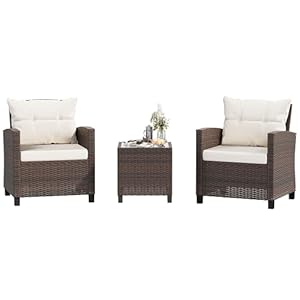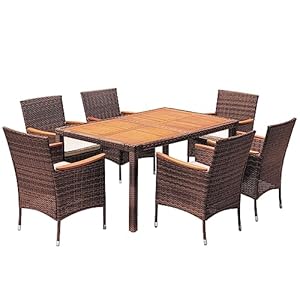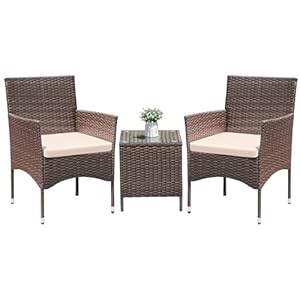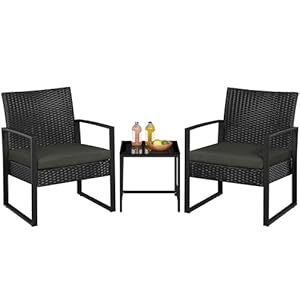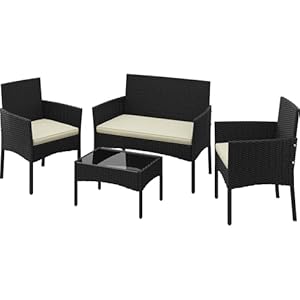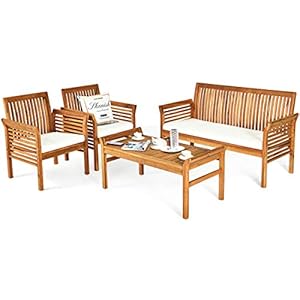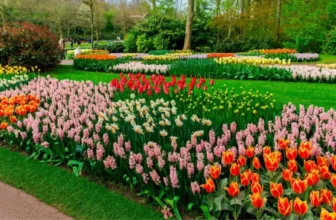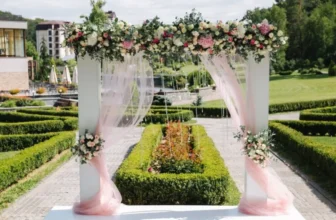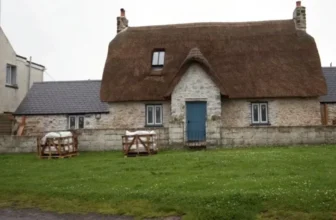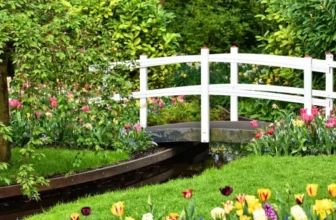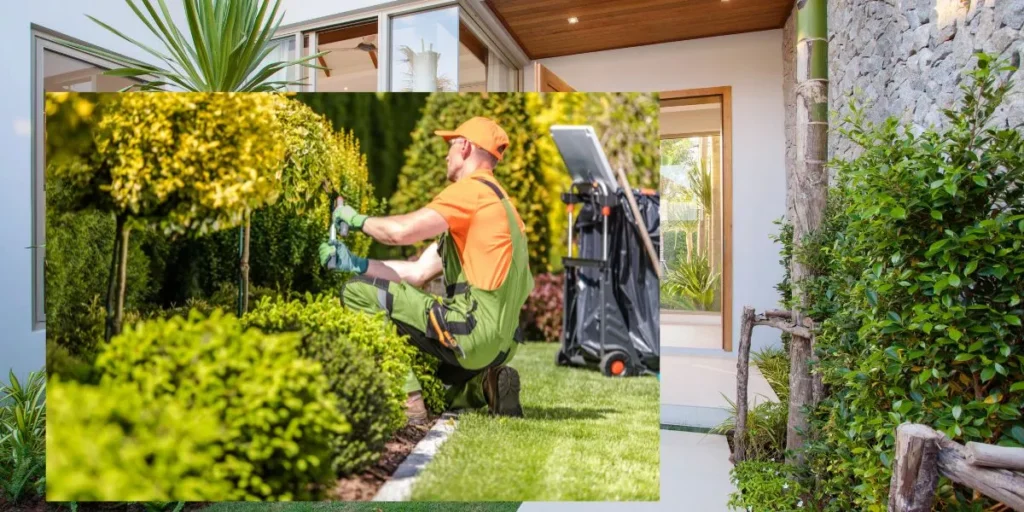
When it comes to your outdoor space, striking the right balance between hardscaping and softscaping can truly transform the ambiance. Picture a serene oasis that seamlessly blends structured elements with lush greenery, creating a haven of tranquility right in your backyard. But how do you achieve this delicate equilibrium without overpowering one aspect over the other? Let’s explore some key strategies that can help you craft a harmonious outdoor retreat that beckons you to unwind and revel in nature’s beauty.
Importance of Hardscaping and Softscaping
Achieving the perfect balance between hardscaping and softscaping in your outdoor space is crucial for creating a harmonious and visually appealing environment.
Hardscaping elements such as pathways, patios, and retaining walls provide structure and definition to your landscape. They help in organizing the space and creating functional areas for various activities like dining, lounging, or entertaining.
On the other hand, softscaping elements like plants, flowers, and trees bring life, color, and texture to the outdoor setting. They soften the hardscape features, adding a sense of tranquility and natural beauty to the overall design.
Design Strategies for Balance
To achieve a harmonious balance between hardscaping and softscaping in your outdoor space, consider incorporating design strategies that seamlessly blend both elements.
Start by creating focal points using hardscaping features like a well-placed pergola or a striking water feature, then soften these focal points with lush greenery or colorful flowers.
Incorporating pathways lined with plants or incorporating planters into your hardscape design can also help create a cohesive look.
Another effective strategy is to use hardscaping materials that complement the colors and textures of your softscaping elements. For example, if you have vibrant flowers in your garden, consider using hardscaping materials in neutral tones to let the plants stand out.
Additionally, incorporating curves in your hardscape design can help soften the overall look of your outdoor space.
Selecting Complementary Materials
When selecting materials for your outdoor space, ensure they complement both your hardscaping and softscaping elements to achieve a cohesive and visually appealing design. Start by considering the colors, textures, and styles of your hardscaping features. For example, if you have a modern patio with clean lines, choosing materials like concrete or metal for your furniture can enhance the overall look. On the other hand, if your softscaping includes lush greenery and a more natural feel, opt for materials like wood or wicker to create a harmonious blend.
Additionally, think about the durability and maintenance requirements of the materials you choose. Select materials that can withstand the elements in your area and are easy to clean and maintain. This will ensure that your outdoor space remains beautiful and functional for years to come. By carefully selecting complementary materials for your hardscaping and softscaping elements, you can create a balanced and inviting outdoor oasis.
Maintenance Tips for Longevity
For your outdoor space to maintain its beauty and functionality over time, regular maintenance is essential. To ensure the longevity of your hardscaping and softscaping elements, there are key maintenance tips to keep in mind.
Start by regularly inspecting your outdoor space for any signs of wear and tear. Check for cracks in the hardscaping materials, overgrown plants, or drainage issues. Addressing these problems promptly can prevent further damage and costly repairs.
When it comes to hardscaping, such as patios or walkways, regularly sweeping away debris and dirt can prevent staining and deterioration. Additionally, power washing these surfaces once or twice a year can help maintain their appearance.
For softscaping elements like plants and flowers, make sure to water them adequately and trim them as needed. Removing dead foliage and flowers not only keeps your outdoor space looking tidy but also promotes healthy growth.
Garden

